Advancements in Fuel Cell Technology
The Hydrogen End Use Application Market is poised for growth due to ongoing advancements in fuel cell technology. Fuel cells, which convert hydrogen into electricity, are becoming increasingly efficient and affordable, making them an attractive option for various applications, including transportation and stationary power generation. Recent developments in fuel cell systems have led to improved performance metrics, such as higher power density and longer operational lifespans. Market forecasts suggest that the fuel cell segment could witness a CAGR of over 20% in the next decade, driven by rising demand for clean energy solutions. This technological progress not only enhances the feasibility of hydrogen as a fuel source but also encourages its adoption across multiple sectors. As fuel cell technology continues to evolve, the Hydrogen End Use Application Market is likely to see a broader acceptance and integration of hydrogen solutions into everyday applications.
Government Policies and Regulatory Support
The Hydrogen End Use Application Market is significantly influenced by supportive government policies and regulations. Many countries are implementing frameworks that promote the adoption of hydrogen as a clean energy source. For example, initiatives such as tax incentives, grants, and subsidies for hydrogen production and utilization are becoming increasingly common. These policies aim to reduce greenhouse gas emissions and transition towards sustainable energy systems. Furthermore, regulatory bodies are establishing standards for hydrogen safety and quality, which is essential for fostering consumer confidence. As a result, the market is likely to expand, with estimates suggesting that hydrogen could account for up to 20% of the total energy supply by 2030. This regulatory environment not only encourages investment but also facilitates the integration of hydrogen technologies into existing energy infrastructures, thereby enhancing the overall viability of the Hydrogen End Use Application Market.
Growing Demand for Energy Storage Solutions
The Hydrogen End Use Application Market is experiencing heightened interest in energy storage solutions, particularly as the need for reliable and efficient energy systems increases. Hydrogen is emerging as a viable option for long-term energy storage, capable of addressing the intermittency issues associated with renewable energy sources. The ability to store excess energy generated from wind and solar power in the form of hydrogen could potentially revolutionize energy management strategies. Market analyses indicate that the energy storage segment is expected to grow significantly, with hydrogen storage solutions projected to capture a substantial share of the market. This trend is likely to be driven by advancements in hydrogen storage technologies, which are becoming more efficient and cost-effective. Consequently, the Hydrogen End Use Application Market stands to benefit from this growing demand, as stakeholders seek innovative ways to enhance energy resilience and sustainability.
Increasing Investment in Hydrogen Technologies
The Hydrogen End Use Application Market is witnessing a surge in investments aimed at advancing hydrogen technologies. Governments and private entities are allocating substantial funds to research and development, which is expected to enhance the efficiency and scalability of hydrogen applications. For instance, investments in electrolyzer technology are projected to increase, potentially leading to a reduction in production costs. This influx of capital is likely to foster innovation, enabling the development of new applications across various sectors, including transportation and energy storage. As a result, the market may experience accelerated growth, with projections indicating a compound annual growth rate (CAGR) of over 15% in the coming years. Such financial backing not only supports technological advancements but also encourages collaboration among stakeholders, further solidifying the Hydrogen End Use Application Market's position in the energy landscape.
Rising Awareness of Environmental Sustainability
The Hydrogen End Use Application Market is increasingly shaped by a growing awareness of environmental sustainability among consumers and businesses alike. As climate change concerns escalate, there is a collective push towards cleaner energy alternatives, with hydrogen being recognized for its potential to reduce carbon emissions. This shift in consumer behavior is prompting industries to explore hydrogen solutions as part of their sustainability strategies. Market Research Future indicates that sectors such as transportation, manufacturing, and power generation are actively seeking to incorporate hydrogen into their operations to meet sustainability goals. The increasing emphasis on corporate social responsibility is likely to drive demand for hydrogen applications, as companies strive to enhance their environmental credentials. Consequently, the Hydrogen End Use Application Market may experience robust growth, as stakeholders align their strategies with the global transition towards a low-carbon economy.


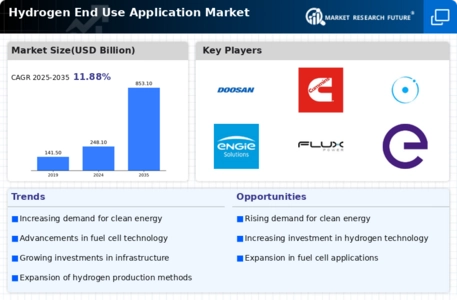
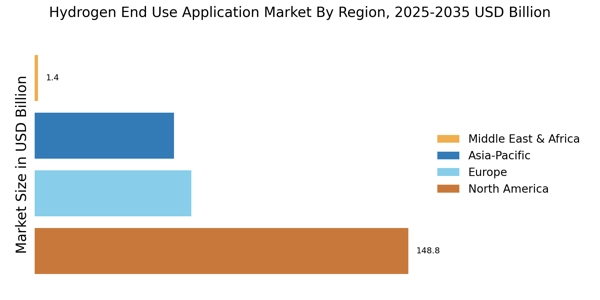
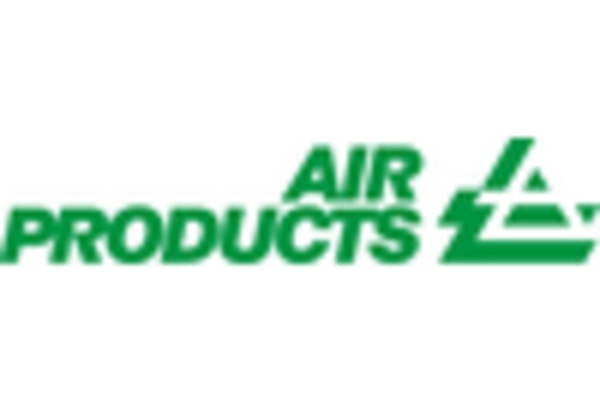

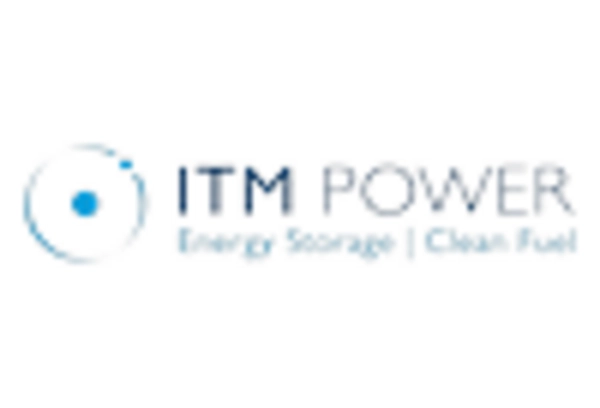
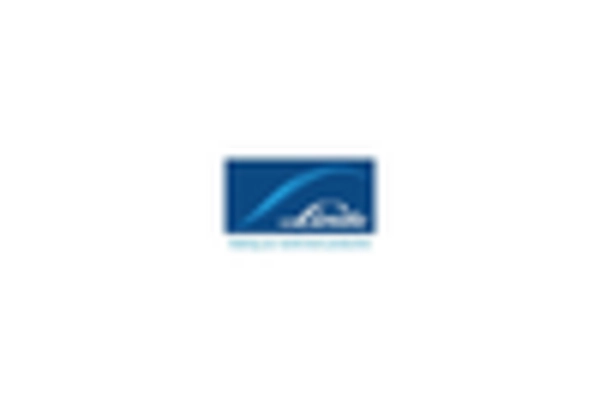










Leave a Comment